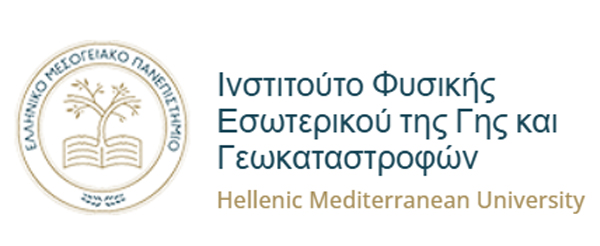Dr Ouzounov and Dr Khachikyan study the possible effect of solar wind on earthquakes, based on findings that show a link between strong earthquakes and geomagnetic storms, especially in areas under the polar cusp during storm events
We examine how significant seismic activity responds to geomagnetic storms by analyzing solar wind data, the Sun’s global magnetic field, the geomagnetic field, and earthquake catalogs.
In our research, we found that strong earthquakes tend to occur only after a geomagnetic storm, and only in the longitudinal region that was in the corridor of the polar cusp (MLT=8-16 h) at the time of the geomagnetic storm’s onset. It is known that beneath the polar cusp, solar wind plasma can directly access Earth’s environment.
An earthquake doesn’t occur immediately after magnetic storms, but can happen days or even months later.
We hypothesize that a long delay could occur if the shocked solar wind influences the upward movement of fluids involved in tectonic earthquakes. If this hypothesis is correct, it suggests that fluid uplift happens very efficiently only within the time window of the cusp.
To explore this, we analyzed data from the CHAMP and DMSP satellites, which show that the neutral atmosphere density in the cusp funnel regularly increases by about 1.5 times compared to surrounding areas.
If processes in different parts of the geosphere are electrically connected, then the mechanism responsible for the rise of atmospheric gases inside the polar cusp funnel could also assist the ascent of underground gases (fluids) in the longitudinal region of the polar cusp corridor. When these fluids reach near-surface pressure, they turn into invisible gases like methane, carbon dioxide, hydrogen, and various trace gases such as radon, which can be detected on Earth’s surface.
This aligns with the LAIC concept, which states that during the final stage of earthquake preparation, faults activate and result in increased gas releases such as carbon dioxide, methane, hydrogen, helium, and radon. This suggests that solar wind energy may influence specific regions of the lithosphere, potentially facilitating the migration of gases and liquids to the surface and thus preparing the environment for seismic activity.


